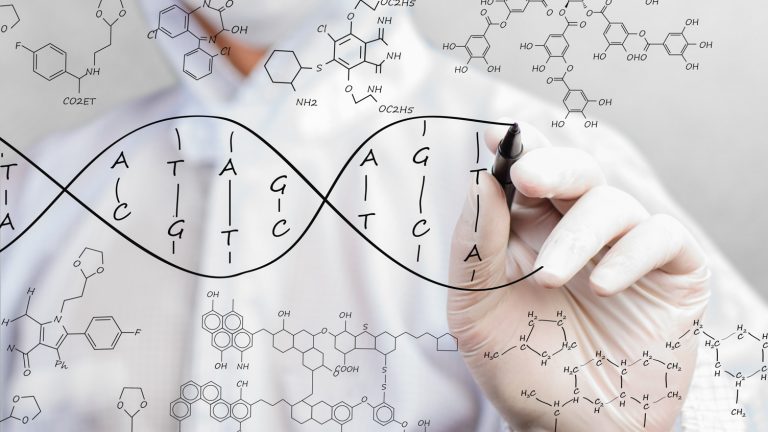The thought that we can control genes – which we were taught control every aspect of our life – is thrilling. What is epigenetics really capable of?
Epigenetics and all its potential implications have generated a lot of public interest. But does this intriguing process has any value for you personally? It does, and we will explain exactly how.
Genes interact with their environment
By making proteins, our genes direct every aspect of our life; from the most obvious traits such as height and hair colour to the functioning of our metabolism. Genetic material can be changed through mutations, which alter its sequence and affect its primary role – the synthesis of proteins.
But there is another way to influence the functioning of genes; by controlling their activity. In other words, turning genes on or off.
This can happen due to both mutation and a process called epigenetics. Geneticists define epigenetics as a “study of changes in organisms brought about by modification of gene expression, rather than by alteration of the genetic code”.
It means that we should not consider genes as loners locked away in the cell nucleus, delegating all that makes us us. Instead, we can picture them as entities actively interacting with and responding to their environment.
The result of this interaction are different phenotypes. Remember: genotype is our hereditary information for a particular trait, phenotype is this information translated into actual observable traits – blue vs green eyes, curly vs straight hair.
Dr. John Launer (Health Education England) gives an easily understandable practical example of epigenetics. He explains that an individual might have a genetic capacity to be tall and confident (genotype), but if he/she experienced malnourishment and abuse as a child (epigenetic factors), this individual will likely grow into a stunted and fearful adult (phenotype).


The on and off switch
The mechanisms leading from genotype to phenotype are varied, but the best know is methylation: a methyl group binds to cytosine (one of the four main building blocks of a DNA molecule) on a stretch of DNA and makes it less active.
Examples of such control over gene expression include turning genetically identical stem cells into any kind of cell in our bodies or turning a bee larva into either a worker bee or a queen bee.
So which factors are capable of causing such changes?
Epigenetic factors
Epigenetic factors are varied and practically everywhere around us: what we eat, how we exercise, sleep, interact with others, if we are exposed to heavy metals, pesticides, diesel exhaust, tobacco smoke, radioactivity, viruses, and bacteria. Then there are diseases such as cancer or Alzheimer’s.
You can see that practically everything around us is an epigenetic factor – and this knowledge can be used to your advantage.
How is epigenetics important for you?
Knowing epigenetic factors means that we can either protect ourselves from their negative influence (avoid exposure to heavy metals, make sure our food is pesticide-free, not smoke) or use them for improving our health.
Nutrition is one of the best understood epigenetic factors. This means that changes to our nutrition can result in the changed expression of certain genes, and we can use it to our benefit.
Now that you have a grasp on epigenetics, you can utilise its uses. Take a DNA test, which will reveal your genetic predispositions or your genotype. Then you can use your personal recommendations to influence epigenetic factors (nutrition, physical exercise, stress management) to direct your genes to the most favourable outcome.

















